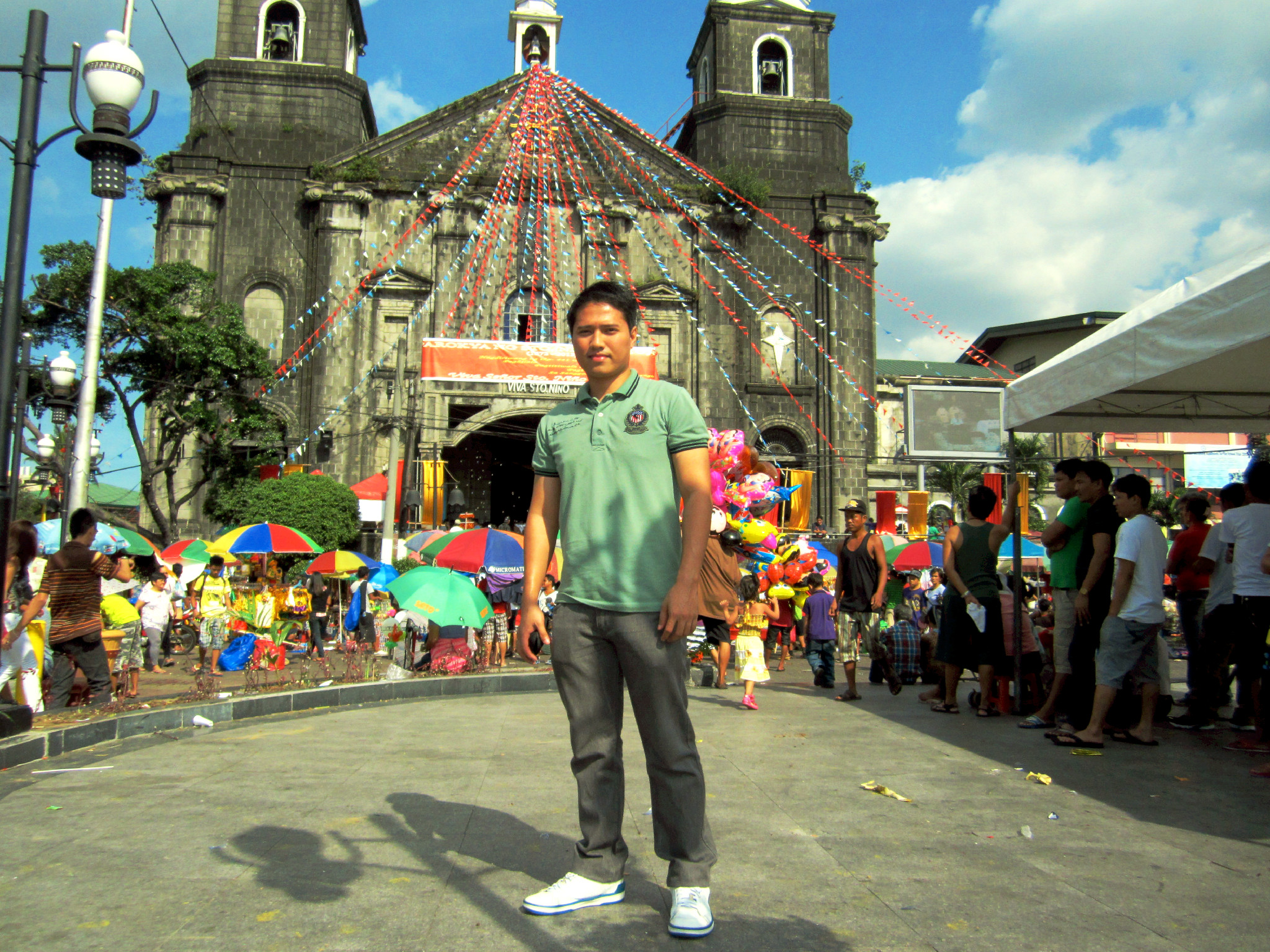A little sanctuary in the busy Metropolis of Manila is a Japanese garden to honor the friendship between the two great cultures. The garden near Rizal Park offers nature lovers a serene environment suitable for strolling and meditating.
What makes this Japanese garden truly unique is the infusion of Filipino elements, creating a delightful blend of two distinct cultures. The park, while well-maintained, also holds the promise of further evolution, with potential improvements that could enhance its modernity and Japanese essence.
A little Japanese pagoda serves as the main entrance, with Japanese grass on the aisle that is a pleasantly alluring walk towards the greener foliage of the garden. The landscape makes it a good place for growing trees and shrubs, and the lush greenery ambiance genuinely soothes the senses, making it healthy for an early morning walk and exercise.
Inside is the veranda for relaxation or other activities like meditation or recollection. One just needs to sit down and relax and enjoy the stillness of the place and the calmness it offers. A momentary relief from stress is experienced if one has to do deep breathing and physical awareness.
The lawn on the hilly side, adorned with shrubs and Japanese bamboo, exudes a revitalizing energy. Observing the bamboo's resilience against the wind, its ability to sway and bend without losing its firm root, is a powerful metaphor for life's challenges. Just like the bamboo, we too can weather the storms and remain steadfast, embracing life's natural flow.
The Japanese bamboo looks thin and weak but has survived the extreme weather and even the aftermath of a typhoon. There's no room to look down on oneself or others despite who and what you are. Like bamboo, people may look weak but are strong and continue to grow and achieve the maximum result.
A pebbled pathway invites you to a leisurely stroll, offering glimpses of the evergreen trees, rock formations, and ornamental features. The garden, enclosed within a perimeter fence, bestows a sense of exclusivity, making local and foreign tourists feel privileged to witness its unique beauty.
A piece of art commonly displayed in a Japanese garden is a 'gong,' a percussion instrument used in ancient Japanese tradition to honor the presence of a higher authority. It has a low and monotone sound but can reach maximum loudness when struck forcefully. A visitor can strike the gong with the mallet using minimal force to produce a sound. Succeeding strikes can be made strongly, producing different tones if desired.
Visiting the Japanese garden is worthwhile, and coming back can be irresistible. An excellent place to escape from too much environmental noise and to give oneself a rejuvenating experience— not in a faraway place, but only in the heart of the metropolis.
© 2013 Del Cusay









